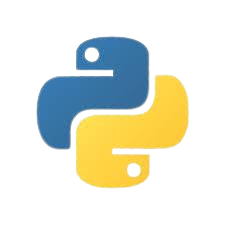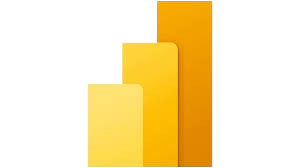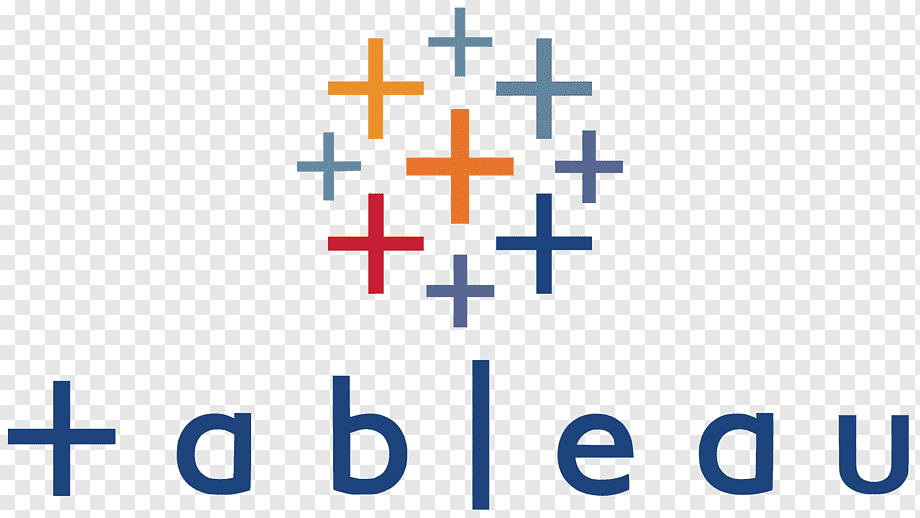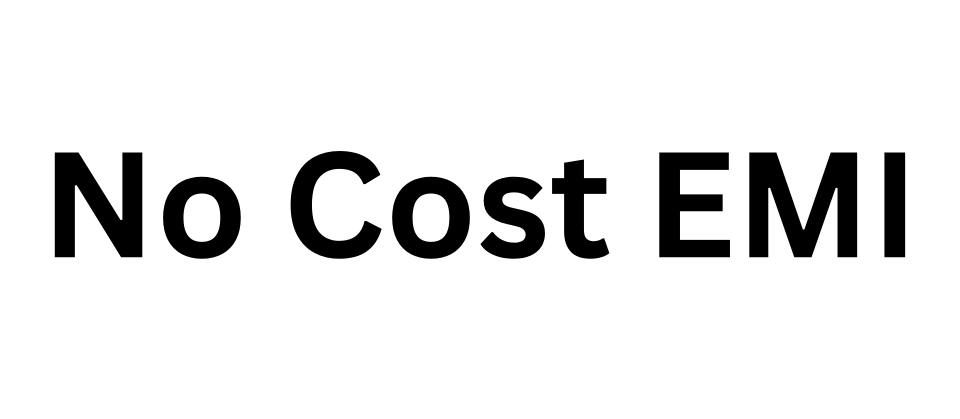If yes, what is your most common perception of this field?
Creating websites, right?
If that’s the case, then you are not alone, my friend.
That’s usually the way beginners and non-tech people perceive this field.
However, creating or designing websites is only one aspect of web development. The field is much more diverse.
Let me give you an analogy.
Imagine a house being constructed on a piece of land. Creating a website is like decorating it. We get to choose the wall paint and the furniture and we can put up pictures to make it look more aesthetic.
Whereas web development will be analogous to building a house from scratch. It would consist of laying a strong and stable foundation and putting up the doors and windows. It would also include ensuring the house excels on the functionality front, like having proper electrical and water connectivity and a sewage system.
So, creating a website is about making it look good and adding all the fun stuff inside, while being a web developer is about building the website and ensuring it works correctly.
In technical terms, creating a website deals with designing and setting up its visual appearance and user interface, whereas web development involves the technical aspects of building it from scratch.
As we proceed further, we will realise that creating a website is often associated with front end development, which is one of the components of full stack development; the other few are back end development, database management systems, version control systems etc.
Now that we know how diverse the scope of this field is, contrary to our initial perception, let’s deep dive into the specifics of this role.
Read along to find out what Full Stack Development is, what skills you need, and how you can learn those skills.
A full stack developer is a one-man army in web development, a versatile professional who
possesses a
comprehensive understanding of both front end and back end development.
These individuals are capable of working on all aspects of web application development,
from designing user
interfaces to managing databases.
The front end, or client side, deals with all those aspects of the website that the visitor
directly sees or
interacts with, as we were reading at the beginning of the article.
Visual elements and interactive features like the header, navigation menu, images and
graphics, buttons and
links, footer, animation, dropdown menus, maps and location information, etc. collectively comprise the front
end elements of a website.
The back end, or server side, deals with the servers, operating systems, and APIs that lead
to a smooth user
experience by ensuring the proper functioning of the website.
Some other examples of back end elements include authentication and security, a Content
Management System (CMS),
payment processing, error handling and logging, and performance optimisation.
So, when it comes to full stack development, there is an overlap between the front end and
back end development
zones. It also includes a few things outside the scope of both the front end and the back end, like database
management and much more.
Usually, you will come across phrases like ‘jack of all trades’ being used for full stack
developers. But I would
request that you hold your horses. Full stack developer is only proficient if they select a speciality from each
domain and work on it.
Chasing to know every technology will not just make the process tedious but will also
discourage you and make you
doubt your own abilities.
In this section, we will look at tasks a full stack developer needs to undertake on an
everyday level.
“If I had eight hours to chop down a tree, I’d spend six sharpening my axe.” - Abraham
Lincoln
Before getting started with the project, it is imperative for the developer to understand
the perspective of the
client and how he visualises the end product.
They ensure that their devised plan is in alignment with the client’s expectations.
This simply means planning the best strategies and what other resources will be needed
during the implementation
of the plan. This is a kind of homework for the developer to ensure that there are no unsolicited pauses once
the work gets started.
This could involve knowing how to build databases that can store information, create
tables, and create
corresponding relations between them.
It requires the developers to put themselves in the shoes of the user to understand how the
user thinks and what
he expects while going through an interface.
It involves minimising user actions as much as possible, providing guiding messages
throughout their journey, and
more.
Besides being well-versed in the front end and back end aspects of the application
individually, a full stack
developer should be able to integrate these two so that they function properly together as a system.
The back end should be able to collect, store, and respond to data from the front end, and
vice versa.
This is the most important part of the development process. A full stack developer is
usually responsible for
checking the design algorithm, checking for functionality, going through possible bugs, and giving code reviews.
A stack is a combination of independent components that work together to facilitate the
execution of an
application.
The components can include an operating system, architectural layers, protocols, runtime
environments, databases,
and functional calls.
All these are stacked on top of each other, forming a hierarchy.
Here are some popular technology stacks that full stack developers commonly use:
- MongoDB: A NoSQL database for storing data.
- Express.js: A web application framework for Node.js.
- Angular: A frontend framework for building dynamic web applications.
- Node.js: A JavaScript runtime environment for server-side development.
- MongoDB: A NoSQL database.
- Express.js: A web application framework.
- React: A JavaScript library for building user interfaces.
- Node.js: A JavaScript runtime environment.
- Linux: An open-source operating system.
- Apache: A web server software.
- MySQL: A relational database management system.
- PHP: A server-side scripting language.
- Django: A high-level Python web framework.
- Python: A versatile programming language.
- PostgreSQL: An open-source relational database management system.
The choice of a stack often depends on project requirements, team expertise, scalability
needs, and the personal
preferences of the developers involved.
For a beginner, it might seem convenient to have a conventional academic background in
related streams for easy
access to the field.
For instance, we might feel that a B.E. or B.Tech. degree or even something like a BCA or
BSc degree in Computer
Science, will be preferred by the recruiters. However, the truth is, owing to the recent inefficiency of
traditional methods in imparting relevant and future-proof skills, recruiters have shifted their focus from
degrees to skills.
Thus, having the right skills overshadows degrees any day.
Here is a step-by-step approach to not just developing the required skills but also getting
industry-ready by
creating a portfolio that stands out from the remaining competition.
Becoming a proficient full stack developer requires a diverse and demanding set of skills.
Full stack developer skills include expertise with front-end
languages in HTML, CSS and JavaScript frameworks such as React to build responsive user interfaces. On the back
end, full stack developers need to have skills in server-side languages like Node.js, Python or PHP and
databases like MySQL, MongoDB or PostgreSQL. Let's explore more about these key skills required in each area.
Let's explore the key skills required in each area.
- HTML: It stands for Hypertext Markup Language. It creates and organises web content so that
it can be displayed by a browser. It defines the structure of the websites and formats the web pages. It
also defines textual documentation. It is responsible for what is being shown on the website.
- CSS: It is an acronym for Cascading Style Sheets. It is used along with HTML and defines
the style of a website’s content. It allows us to alter and style different web components, be they size,
fonts, spacing, etc. It makes the content on the website look more decorative.
- JavaScript: It is a powerful client-side scripting language that is mainly used to enhance
the user’s interaction with the web page. It is a programming language that is used for more interactive
elements such as drop-down menus, modal windows, and contact forms. It brings the web application to life.
- Frameworks like React or Angular: Let’s have a look at some of the front end frameworks and
libraries. Most of these are Javascript frameworks and libraries. In this, we have React, Angular, jQuery,
and Bootstrap. All of these help develop the front end of the application.
However, it is not necessary for us to know everything to create a website. One of them
will be sufficient.
The usage of React is on the rise, and most developers prefer using it.
- Python: Python is a versatile and widely adopted programming
language in the server-side domain. Its simplicity and readability make it ideal for handling server-side
logic and data processing. Python frameworks like Django and Flask provide powerful tools for building
scalable and efficient web applications.
- Java: Java is a robust and highly popular programming language known for its platform
independence. It excels in server-side development, offering strong support for concurrent programming,
database connectivity, and enterprise-level application development. Java frameworks like Spring and Java EE
provide extensive libraries and tools for building robust server-side applications.
- Node.js: Node.js is a runtime environment built on Chrome's V8 JavaScript engine. It allows
JavaScript to run on the server side, enabling developers to use a unified language across both client-side
and server-side development. Node.js provides high-performance and non-blocking I/O capabilities, making it
well-suited for real-time applications and scalable server-side solutions.
Every website or web application requires a database that stores the data. The database you
use depends on the
project you are completing because every database has its pros and cons. Often, a programming language might
have accompanying databases that help optimise the programming code.
Understanding database management and query languages like SQL is essential for full stack
developers.
Databases are crucial for storing and retrieving data in web applications, and SQL allows
developers to interact
with databases effectively.
Knowledge of popular database systems like MySQL or MongoDB enables developers to design
efficient data models,
optimise queries, and ensure data integrity, resulting in robust and scalable applications.
VCS allows developers to track and manage changes to their codebase, enabling
collaboration, version history, and
seamless deployment.
Commonly used VCS systems include Git, Mercurial, and Subversion.
Full stack developers should be proficient in testing their code and debugging issues.
This includes writing unit tests, performing integration testing, and using debugging tools
to identify and fix
bugs.
Knowledge of test-driven development (TDD) and debugging techniques is crucial for
maintaining code quality.
Specialise in a particular technology stack or domain, as it allows aspiring developers to
dive deeper into
specific areas and become experts.
However, have a broad understanding of various technologies, even when specialising in one
area. This helps
developers adapt to changing industry demands and collaborate effectively with other team members.
Building industry-relevant projects and creating a portfolio to showcase your work will
help demonstrate your
skills to potential employers.
Continuous learning and staying updated with the latest technologies and trends are
essential. Seeking
internships or comprehensive online training can provide
valuable hands-on experience and industry exposure.
It's important to stay curious, embrace learning opportunities, and actively seek growth.
Starting a career as a
full stack developer requires dedication, perseverance, and a willingness to continuously improve. With a solid
foundation, practical experience, and a passion for learning, you can establish yourself as a capable full stack
developer in the industry.
Full stack development is one of the most in-demand jobs due to its ability to facilitate
faster and more
cost-efficient development.
Though the job description of a full stack developer may vary slightly from organisation to
organisation, the
broad range of responsibilities comprises the following:
- Build dynamic, visually attractive, end-to-end, and innovative software product and apps including front-end
and back-end
- Able to design the user experience, user interaction, responsive design, and complete architecture
- Able to work with databases, servers, APIs, version control systems, and third-party apps
- Provide insights on continuous improvement and add or remove functionality as per needs
- Design strategy for continuous enhancement, performance optimisation, stability, and scalability
- Stay updated with new tools, frameworks, approaches, and architectures in the development world
- Transform business needs into a finished product from conception to implementation
- Ensure cross-platform compatibility and fix issues during the test and production phases
- Handle a team of developers and communicate well with them for product roadmap and performance enhancement
- Lead a team of developers, designers, and network managers and ensure digital outcomes are in line with
business objectives
The U.S. Bureau of Labour Statistics has projected 13% growth in web development
employment in 2020-2030. It
projects about 17,900 web development jobs being created every year.
Regardless of the industry they belong to, all companies have an online presence today. As
technology is
ever-evolving, managing this online presence, which can have direct operational and financial effects, becomes a
top priority for businesses.
Thus, full stack developers are in high demand, even in government organisations. In fact,
this demand has been
rising continuously.
Below are the two reasons behind this increase in demand creating more opportunities and
thus creating a positive
career outlook.
- Instead of hiring front end developers and back end developers who can work on separate ends of the web
application, companies prefer to hire full stack developers who can manage the entire process from end to
end.
- The arrival of new and widely adopted technologies like AI, IoT, the metaverse, blockchain etc. is driving
the demand for full stack developers to help companies make their businesses more responsive and
competitive.
Full Stack Developer Job Roles and Salaries
Full Stack Developers are versatile professionals capable of handling both front-end and
back-end aspects of web
development. Their expertise in multiple technologies makes them highly sought after in the job market.
Here are some common job roles and salary insights for Full Stack Developers:
- Front-end Developer: As a Front-end Developer, you'll focus on creating visually appealing
user interfaces using HTML, CSS, and JavaScript. You'll collaborate closely with UI/UX designers to ensure a
seamless user experience. In India, Front-end Developers can earn an average salary of ₹5,50,000 to
₹8,00,000 per year.
- Back-end Developer: Back-end Developers work on server-side applications, databases, and
APIs to handle data storage and manipulation. They use languages like Node.js, Python, Ruby, or Java.
Salaries for Back-end Developers range from ₹6,00,000 to ₹9,00,000 annually.
- Full Stack Web Developer: This role involves proficiency in both front-end and back-end
technologies, allowing developers to handle entire web projects independently. Full Stack Web Developers can
earn around ₹7,00,000 to ₹10,00,000 a year.
- Software Engineer: Full Stack Developers often take up Software Engineer roles due to their
comprehensive skill set. They are involved in the entire software development lifecycle. Salaries for
Software Engineers vary based on experience, with an average of ₹7,50,000 to ₹11,00,000 per year.
Remember that salaries may differ based on location, company size, and the developer's
level of expertise.
In this blog, we have gone through the definition, roles and responsibilities, and
step-by-step approach to
becoming a full stack developer.
We also took a look at some of the popular technology stacks that are frequently used by
full stack developers.
We finally pondered the question of whether it is a good career choice for freshers.
We ended up evaluating this field on the parameters of job roles, career growth, and
salaries.
In a nutshell, we can say that becoming a full stack developer can open up a world of
opportunities in the
fast-paced tech industry. By choosing to embark on this career path, you are positioning yourself as a valuable
asset to companies looking for individuals who can handle end-to-end development projects.
To get started on your journey towards becoming a full stack developer, consider choosing
Learn24x’s Full Stack Developer program. It offers a
structured learning path and covers all the essential skills and technologies with a focus on practical
experience.
With us, you can learn directly from the alumni of IITs and professionals from top MNCs
such as Microsoft and
Amazon, work on real-time industry projects, and get doubt clarification from 9 a.m. to 9 p.m. everyday.
Regardless of your educational background, you can embark upon a high-paying web development job within eight
months of the commencement of the program.
More than 1700 companies, from fast-growing startups to Fortune 500 giants such as Google,
Amazon, Deloitte,
Bosch, and Jio, have hired Learn24x learners.
Don’t just believe our words; check out our students’ success stories for yourself.














